Product details
The BME680 Environmental Sensor
At the heart of the module is the next-generation environmental sensor manufactured by Bosch – BME680.

This small sensor has temperature, humidity, barometric pressure, and VOC gas (volatile organic compounds) sensing capabilities. It contains a small MOx (metal-oxide) sensor. The heated metal oxide changes resistance based on VOCs in the air, so it can be used to detect gases & alcohols such as Ethanol, Alcohol and Carbon Monoxide and perform air quality measurements. Therefore the BME680 can work as a fully standalone environmental sensor.
Like most gas sensors, this sensor is sensitive to multiple gases and alcohols, but cannot tell which is which. It will give you one resistance value, with overall VOC content. So, it is best for measuring changes in a known gas density, not detecting which is changing.
Like the BME280, this precision sensor can measure humidity with ±3% accuracy, barometric pressure with ±1 hPa absolute accuracy, and temperature with ±1.0°C accuracy. The pressure measurements are so precise; you can even use it as an altimeter with ±1 meter accuracy.
Here are the complete specifications:
| Temp | -40°C to 85°C |
| Humidity | 0 to 100% RH with ±3% accuracy |
| Pressure | 300Pa to 1100 hPa with ±1 hPa absolute accuraccy |
| Altitude | 0 to 30,000 ft (9.2 km) with ±1 meter accuracy |
For more details, please refer below datasheet.
What are volatile organic compounds (VOCs)?
Volatile organic compounds (VOCs) are emitted as gases from certain products we use to build and maintain our homes (such as Air fresheners, cleaning products, Cosmetics, Fuel oil, gasoline, Paint, varnishes, Carpet, and vinyl flooring etc.). VOCs include a variety of chemicals, some of which may have short- and long-term adverse health effects.
Common examples of VOCs that may be present in our daily lives are: benzene, ethylene glycol, formaldehyde, methylene chloride, tetrachloroethylene, toluene, xylene, and 1,3-butadiene.

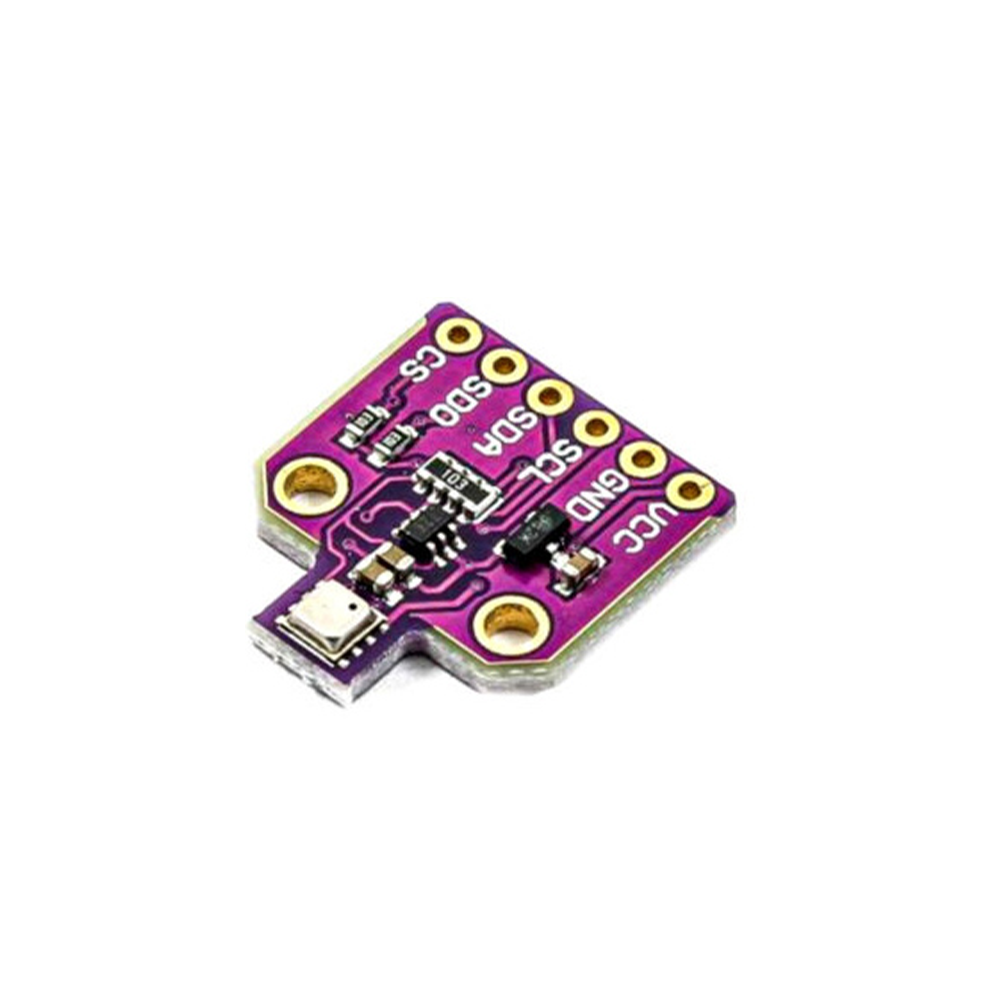
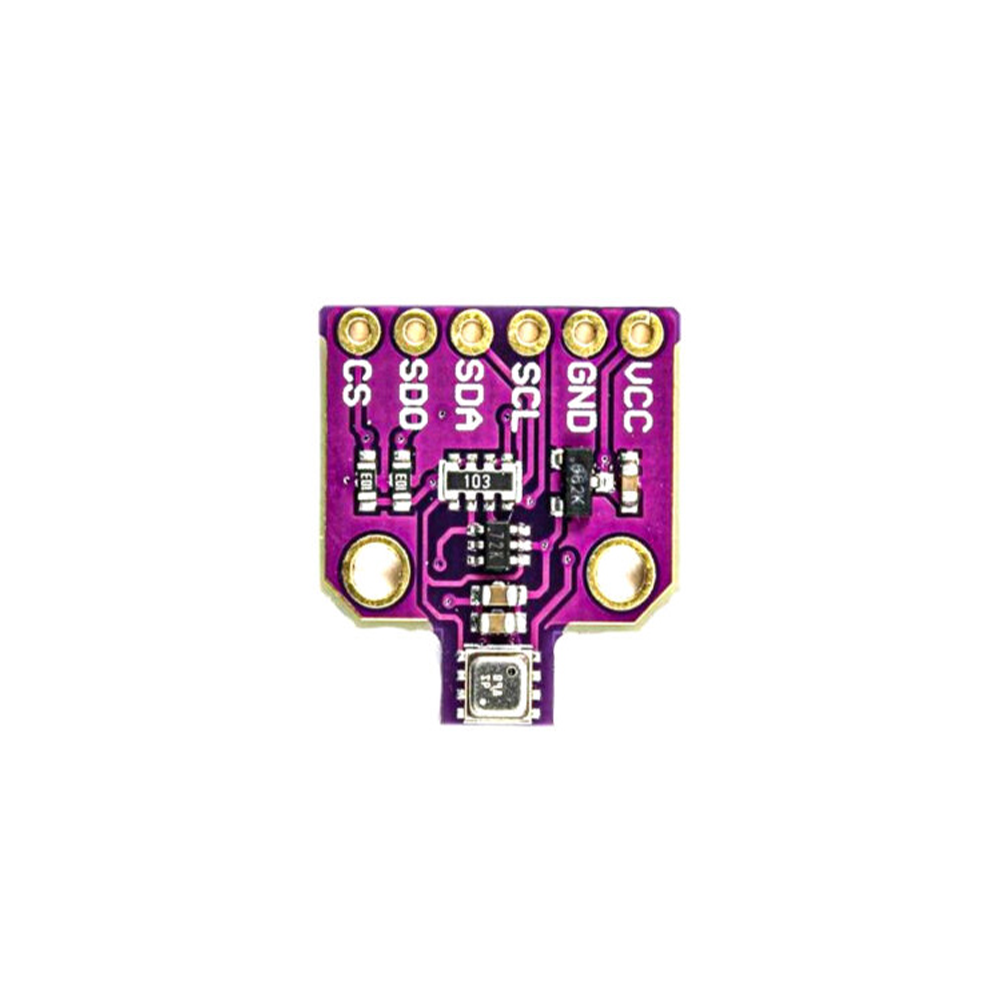
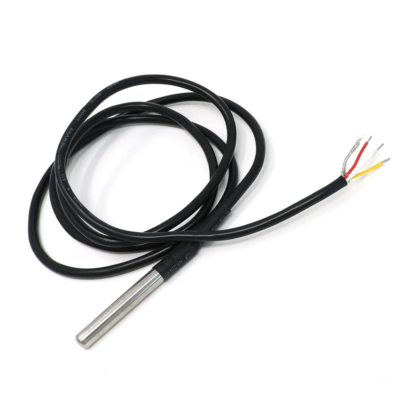
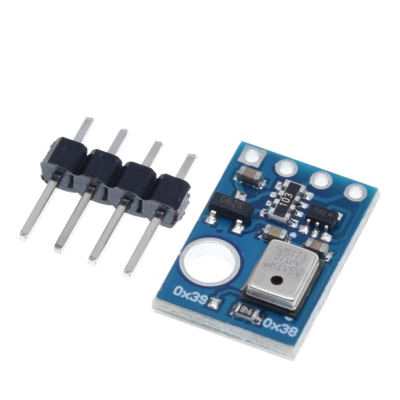


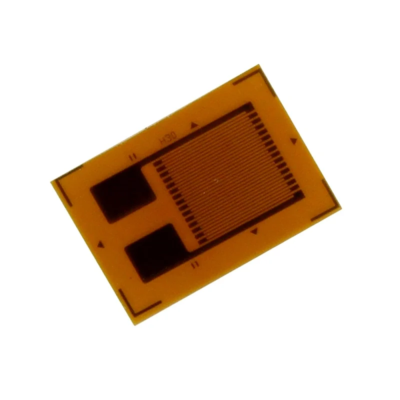

There are no reviews yet.